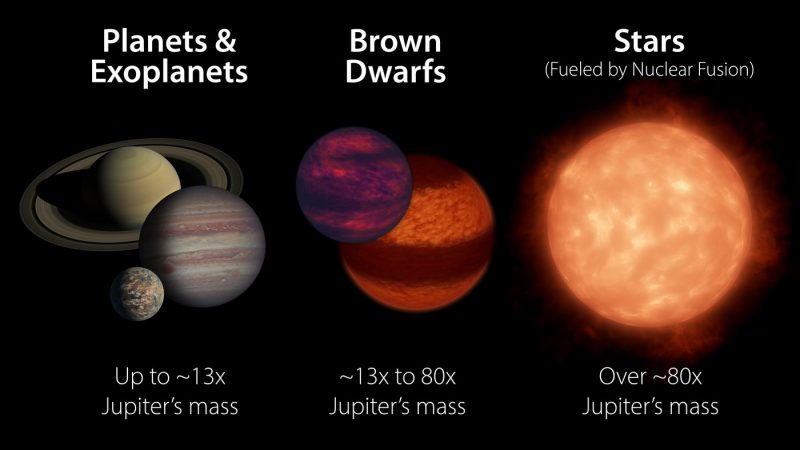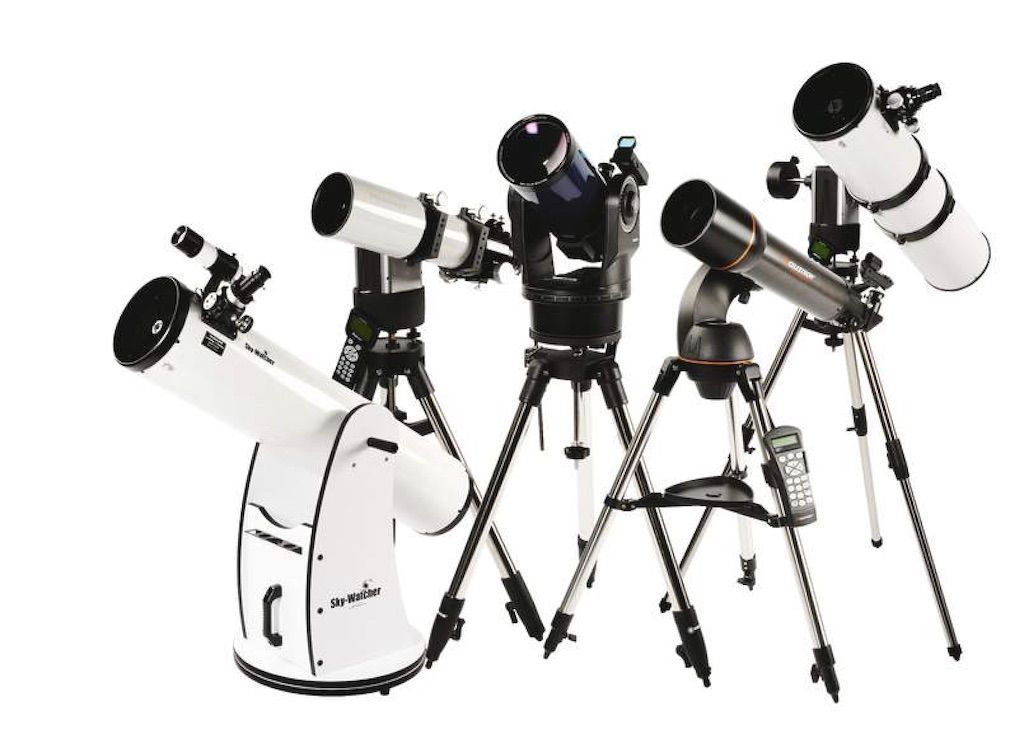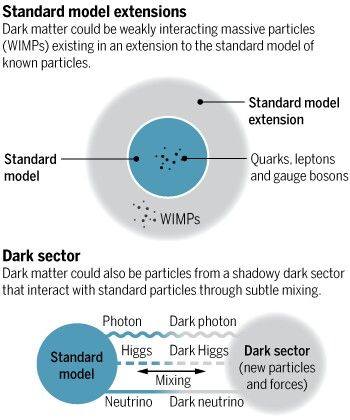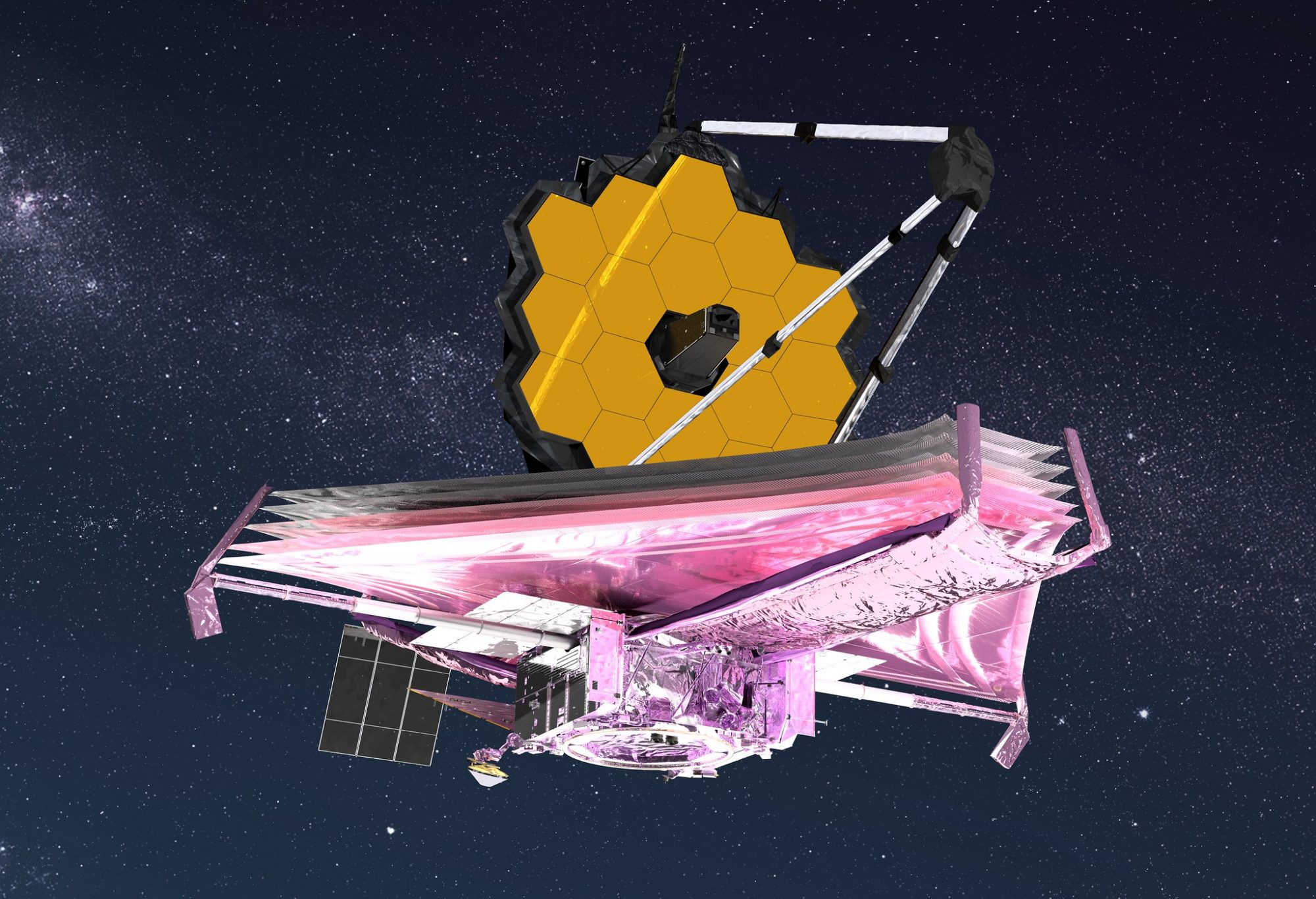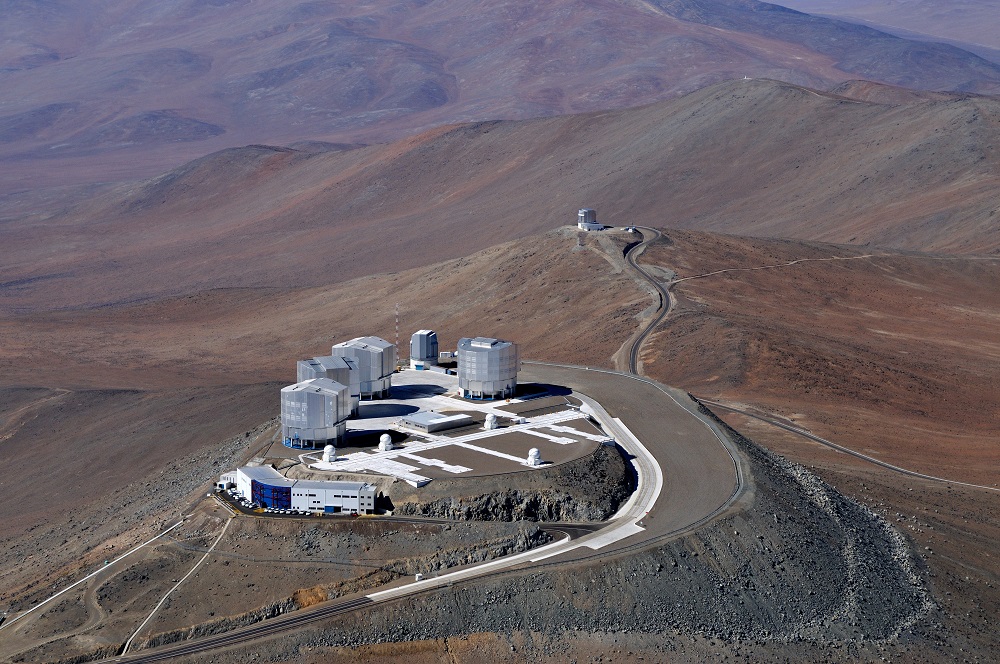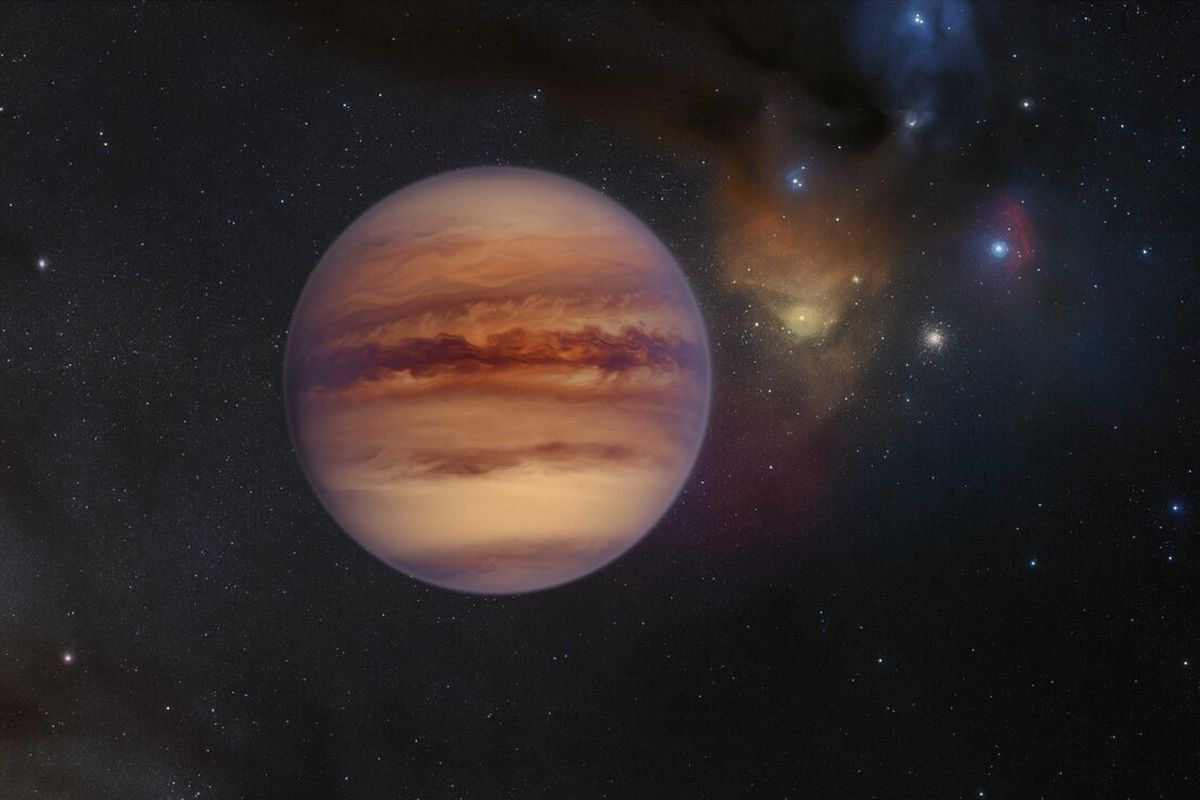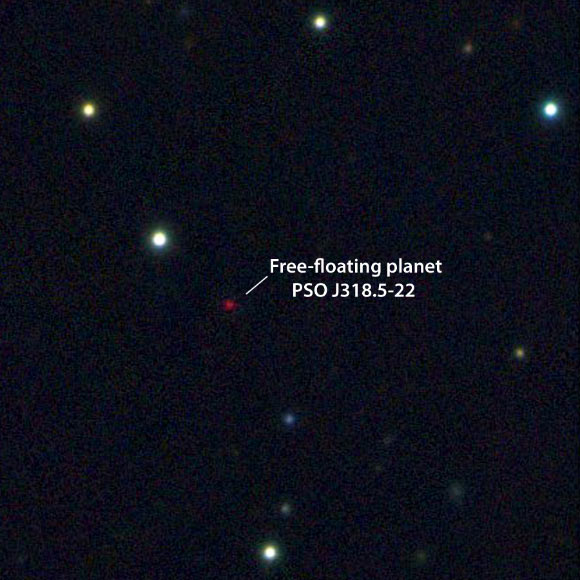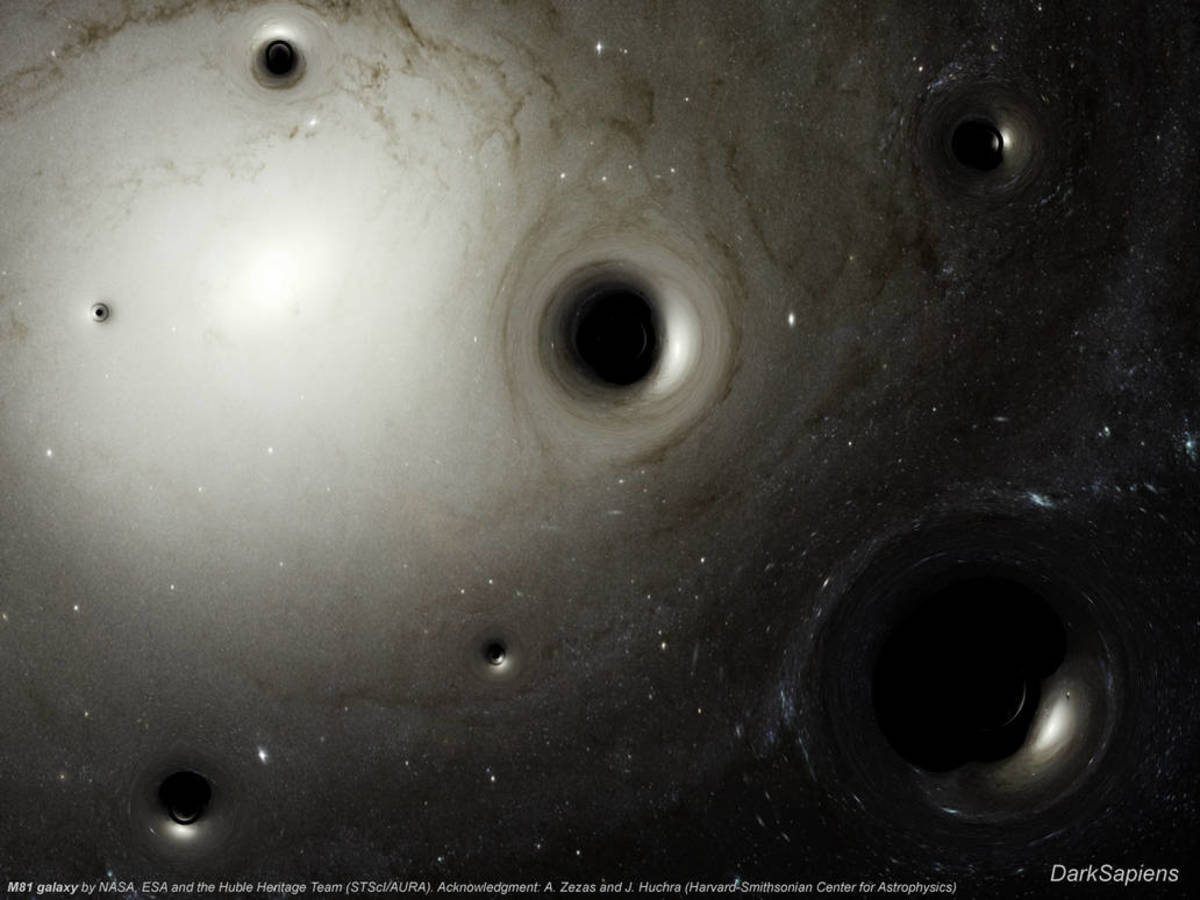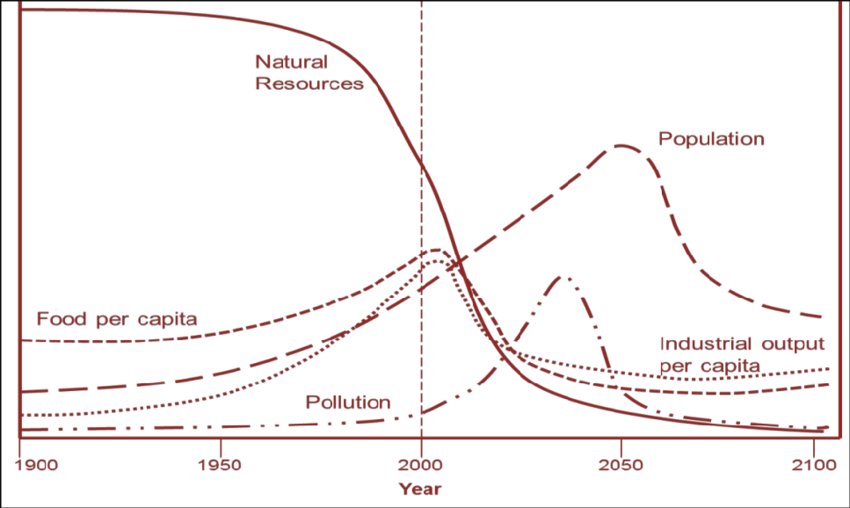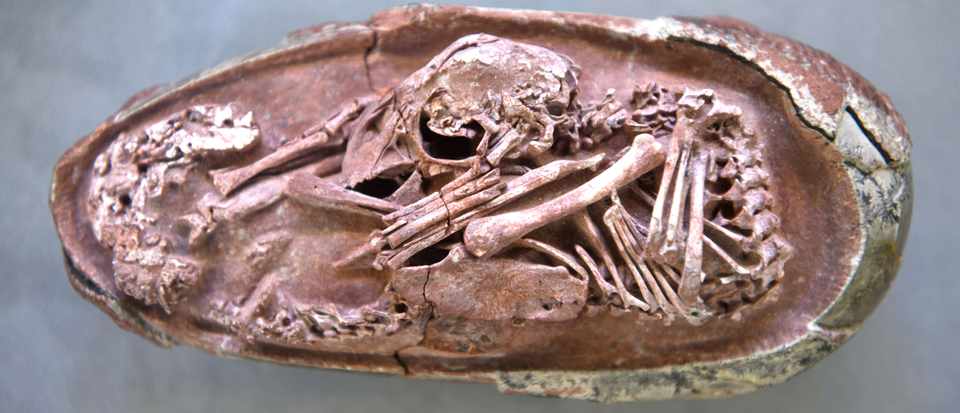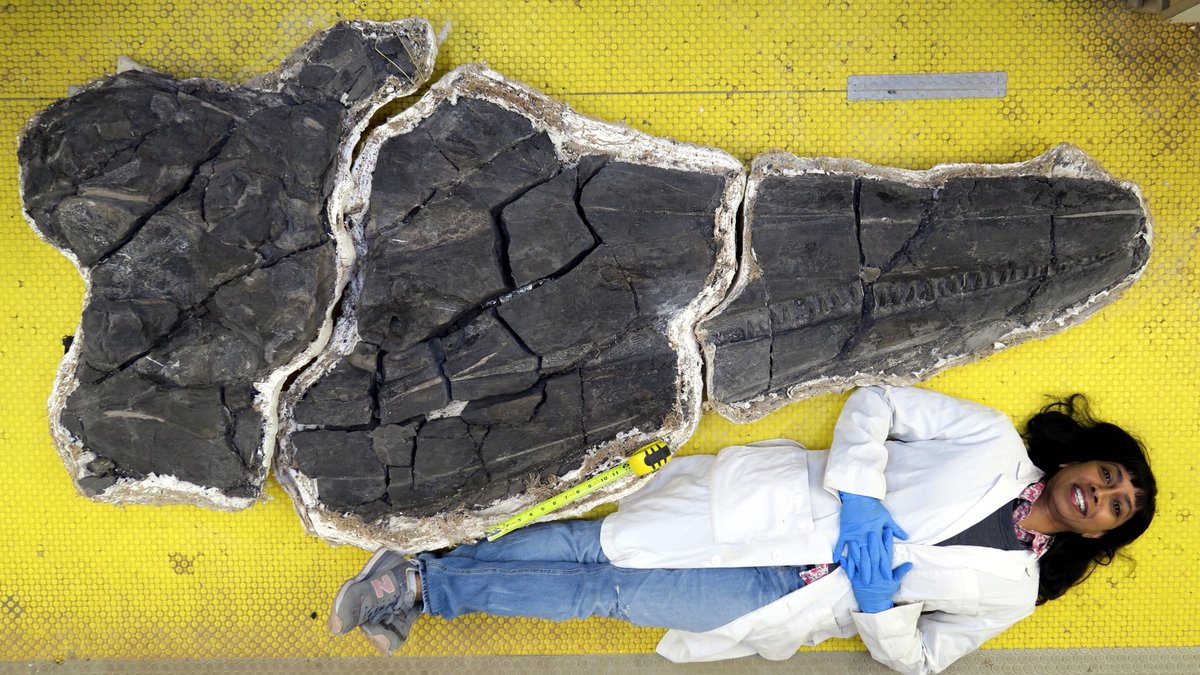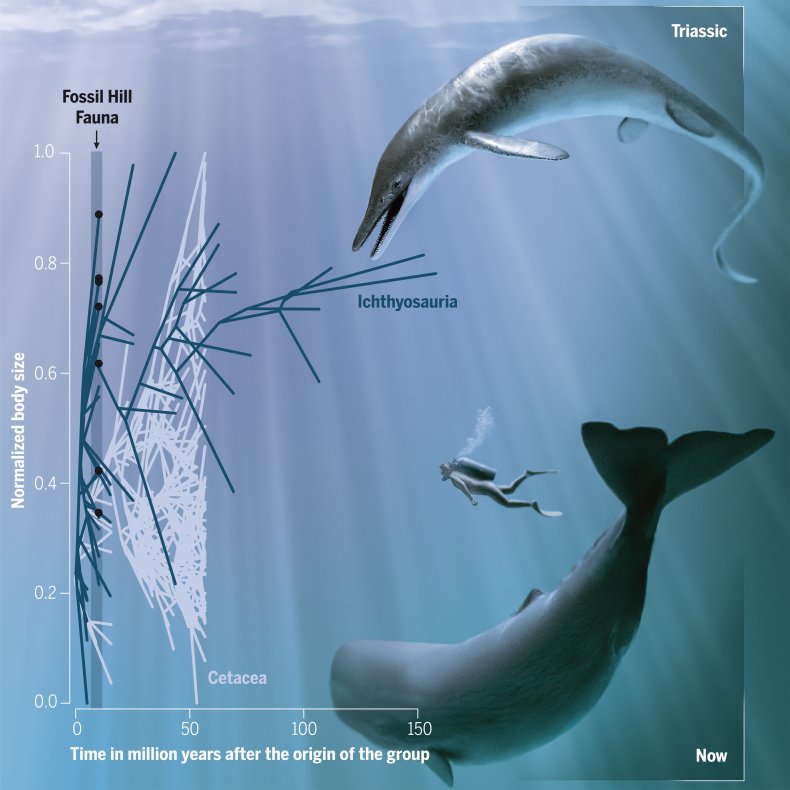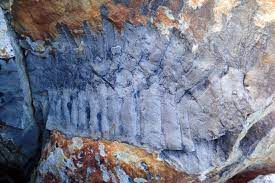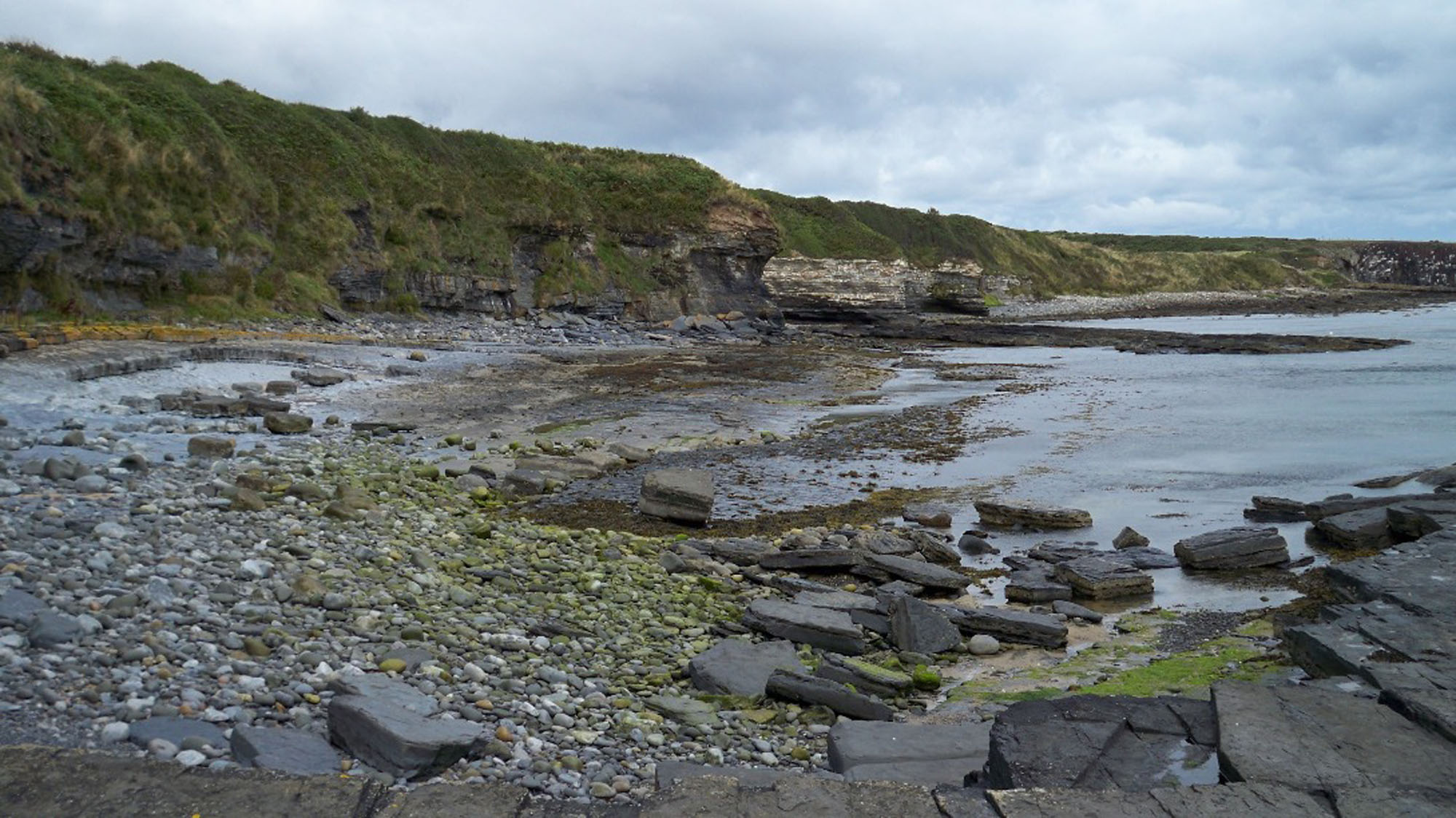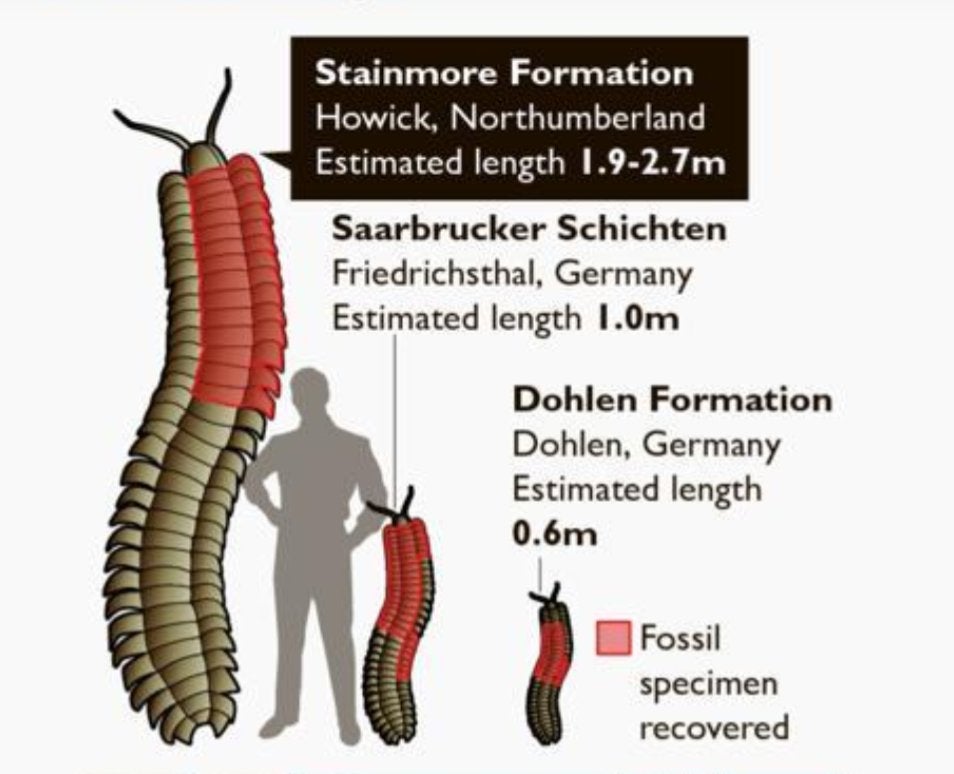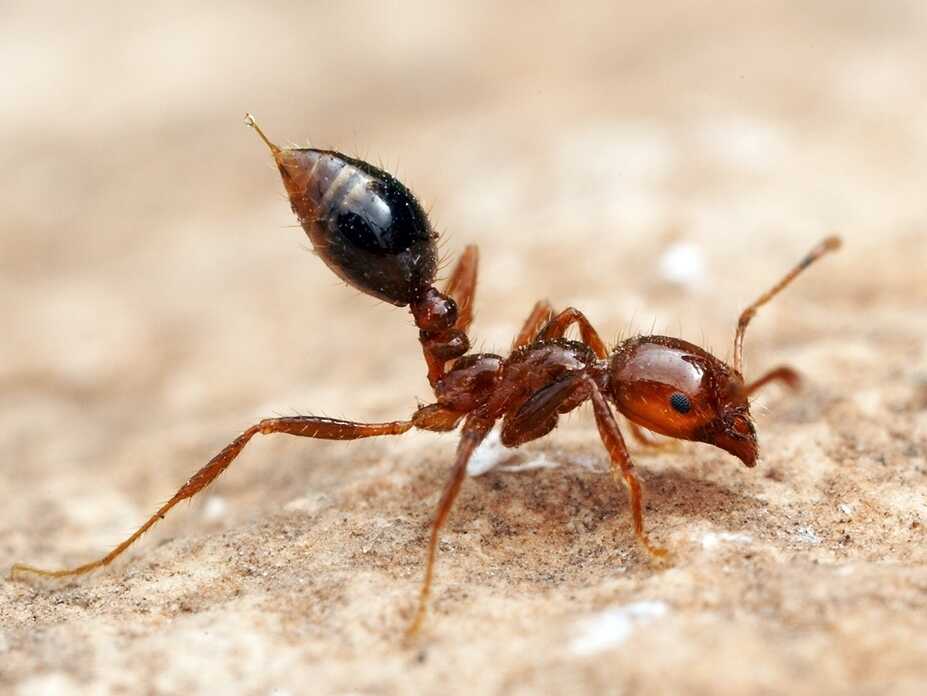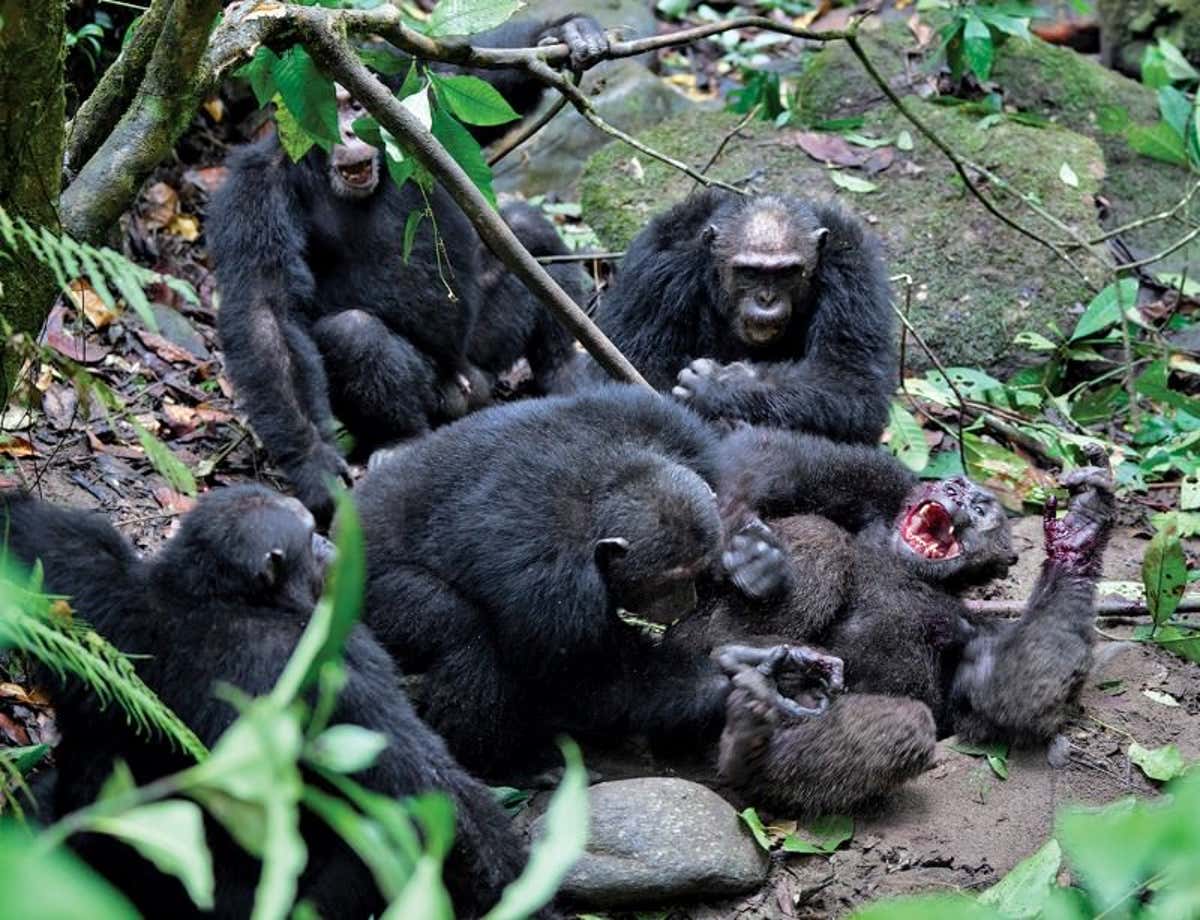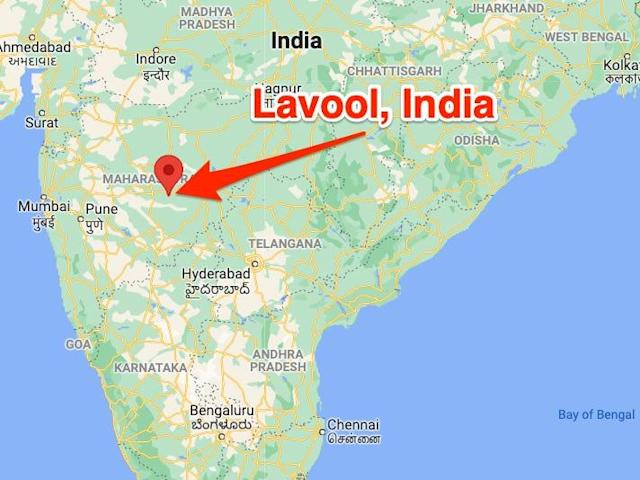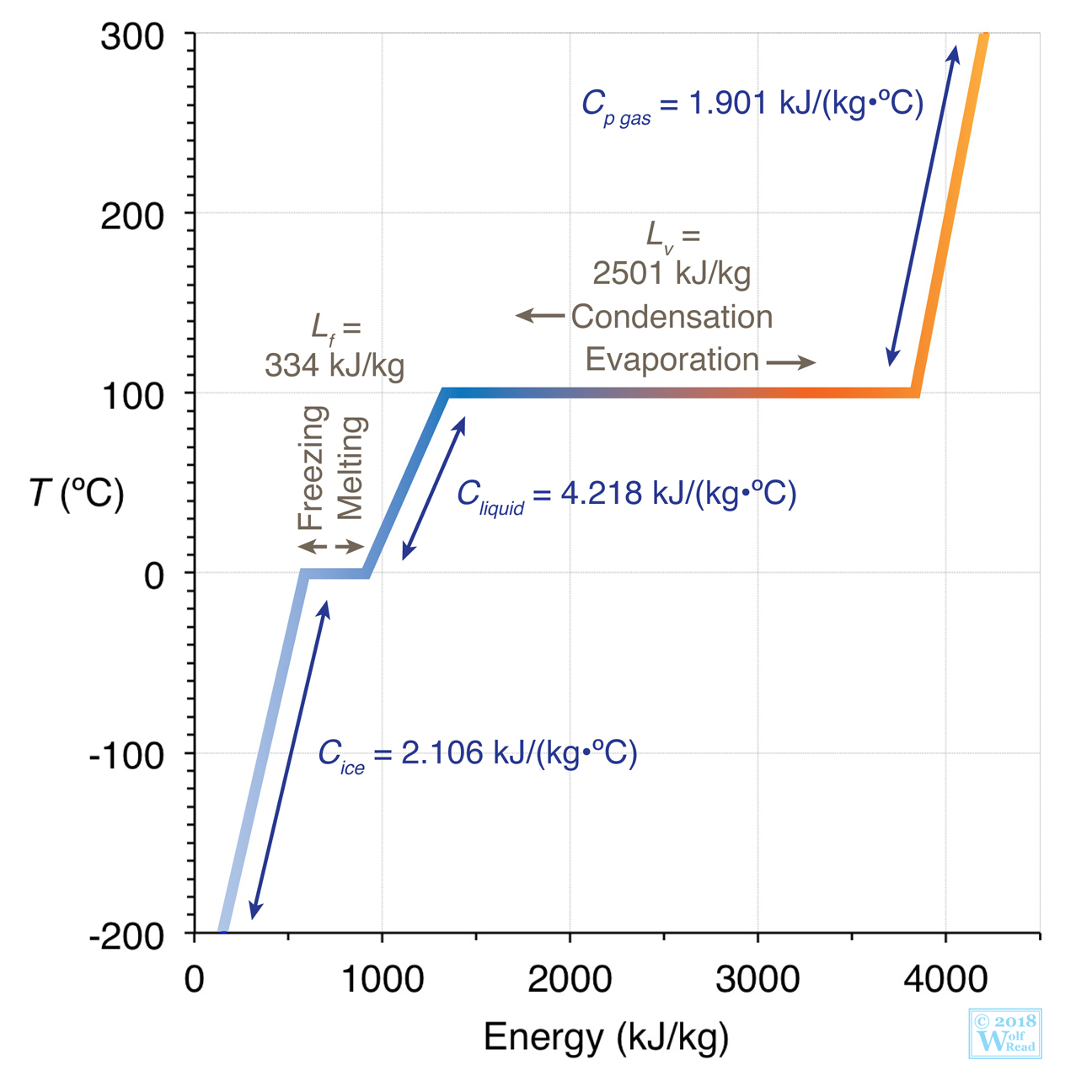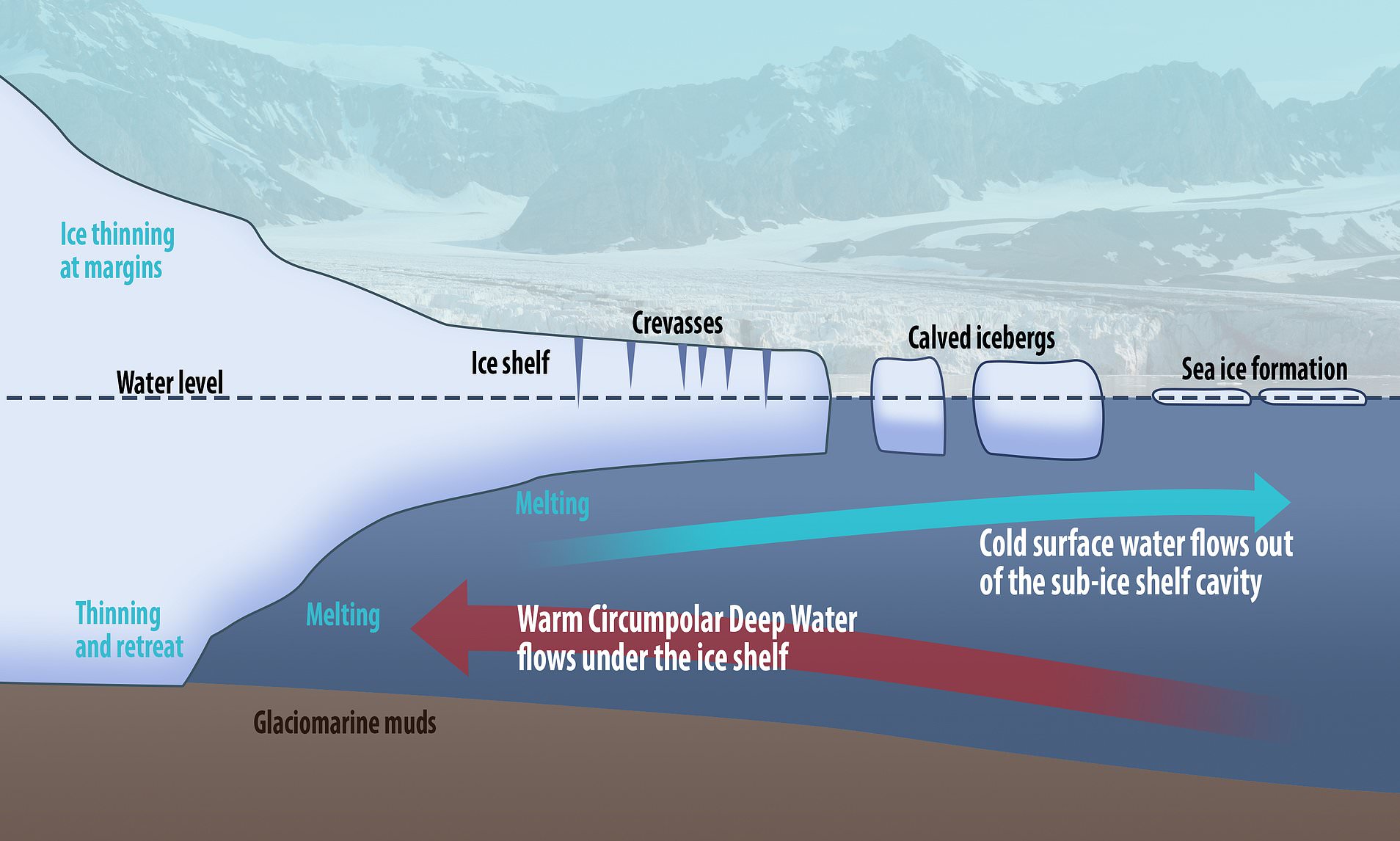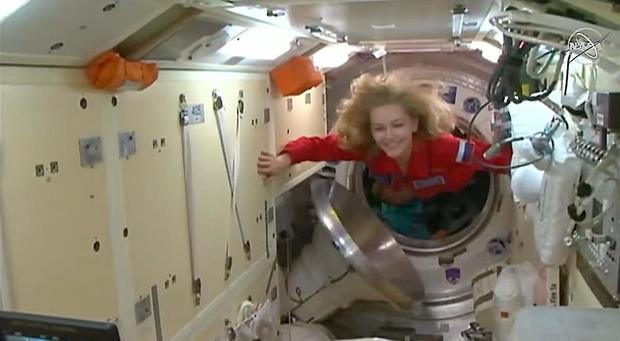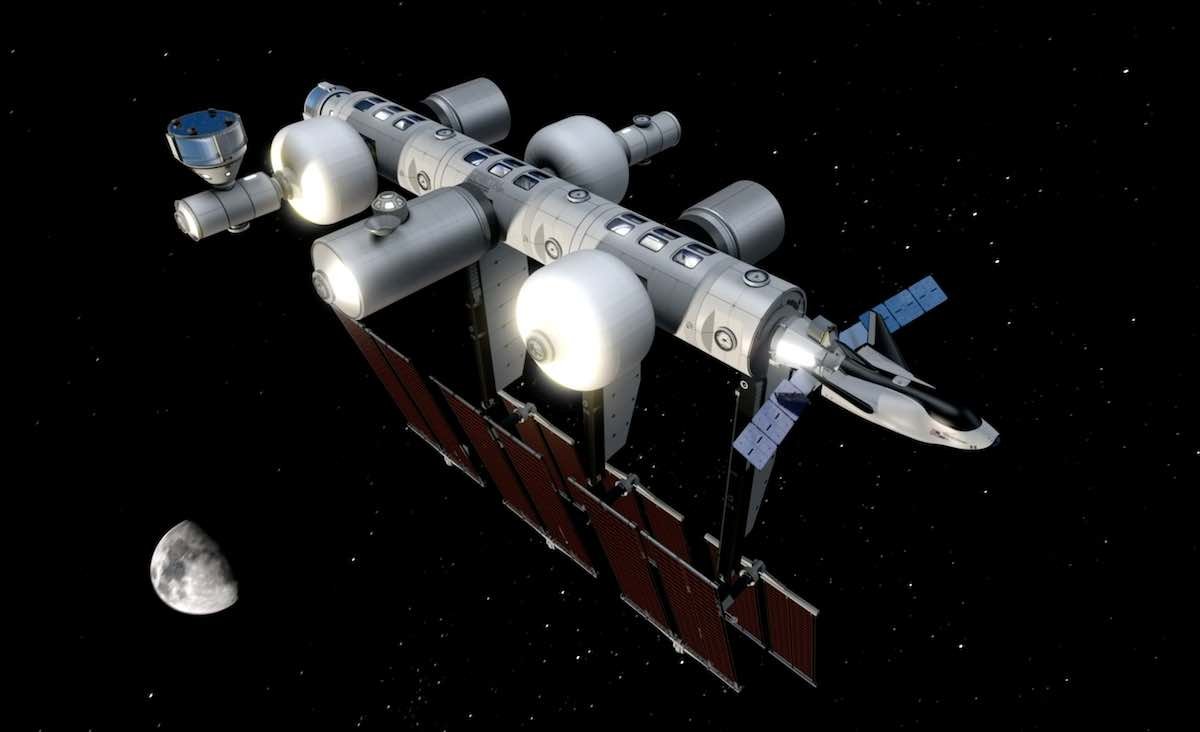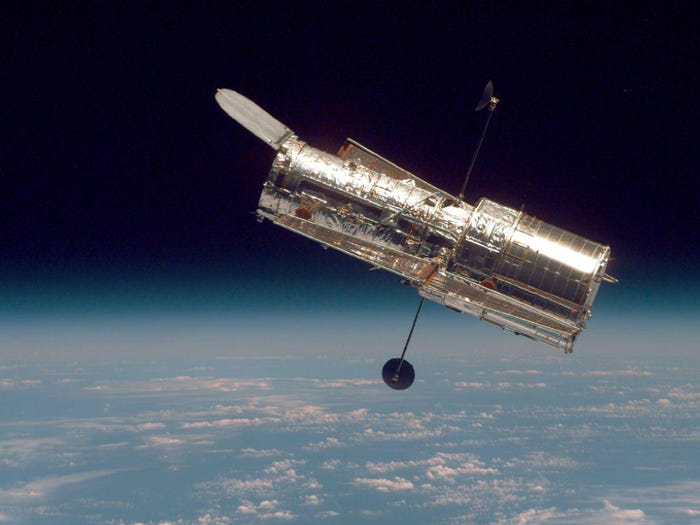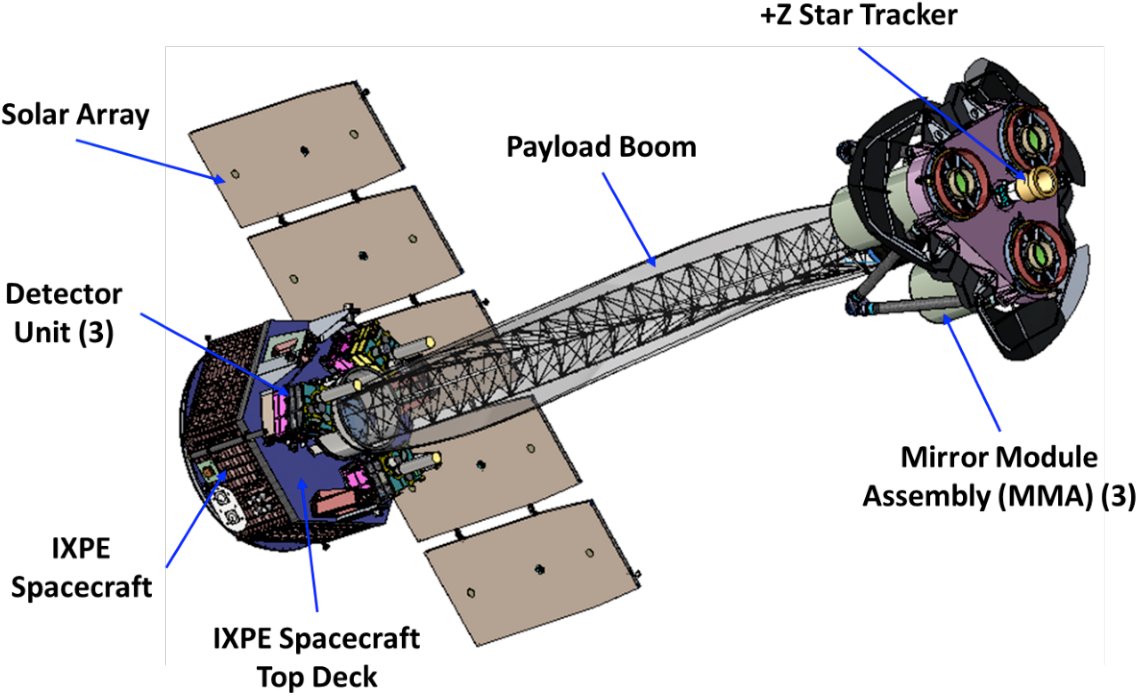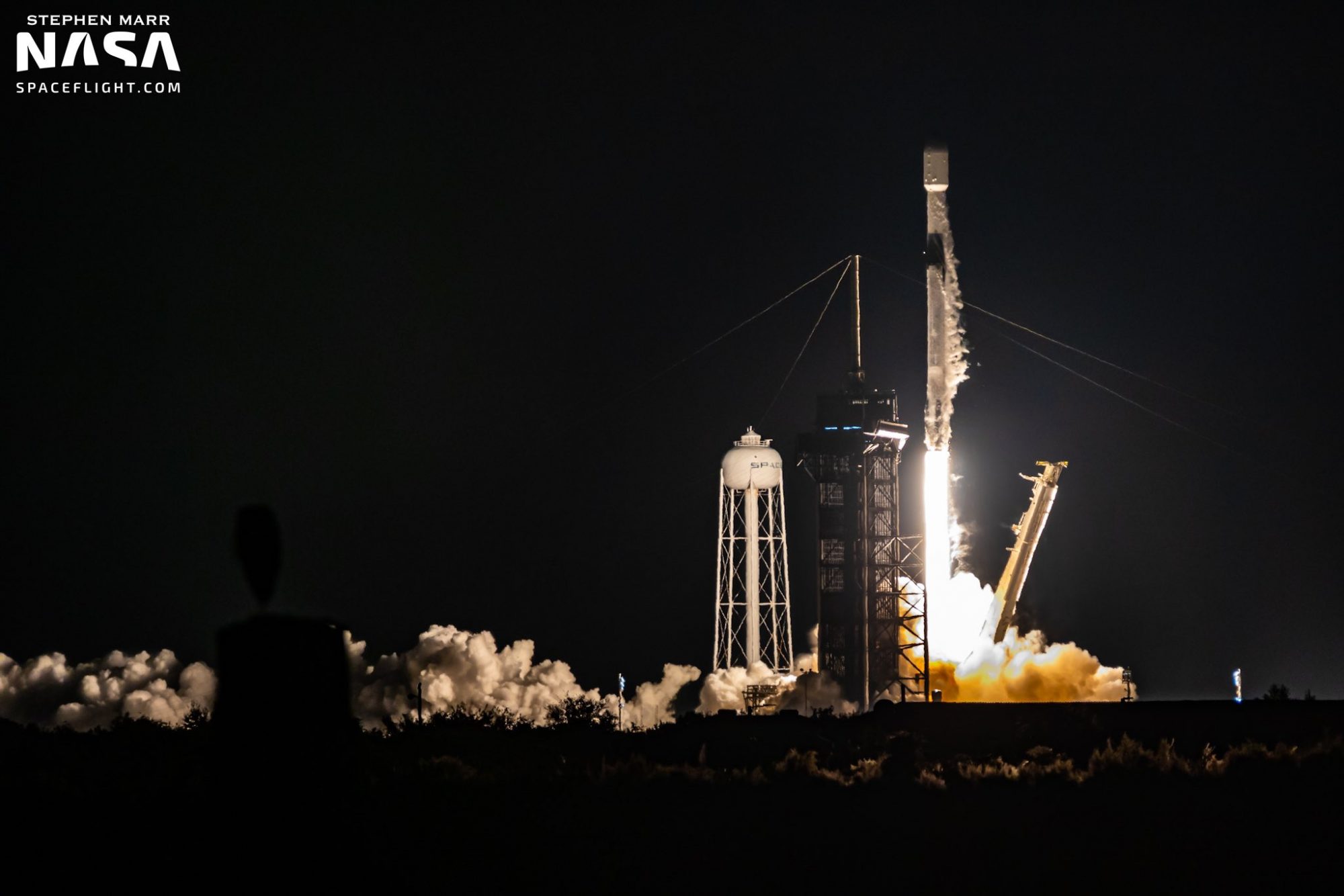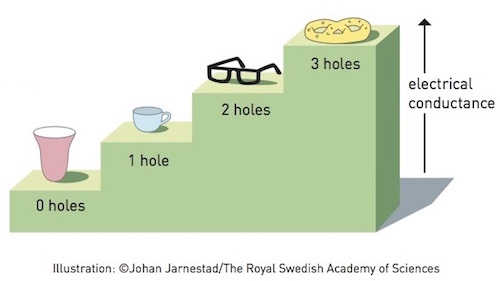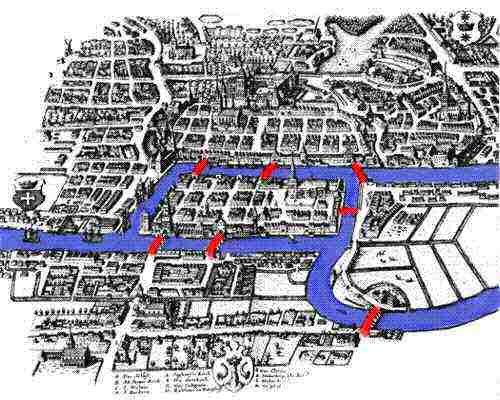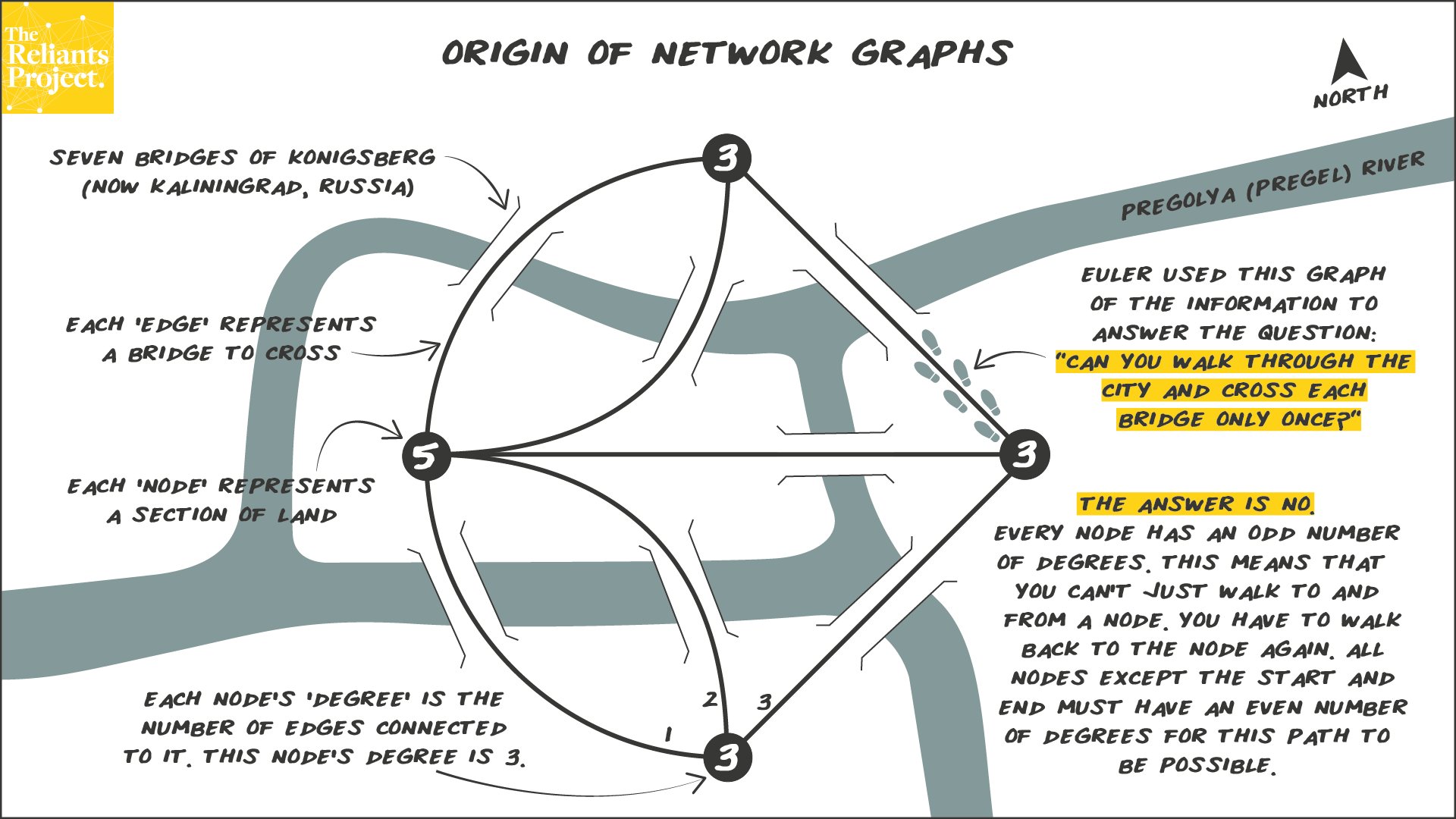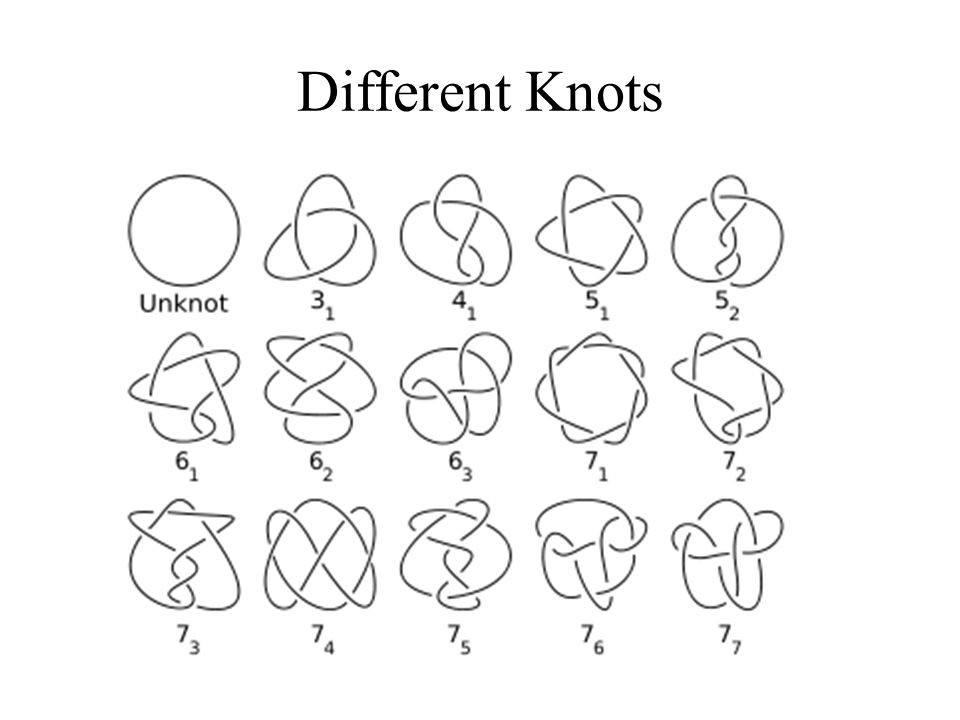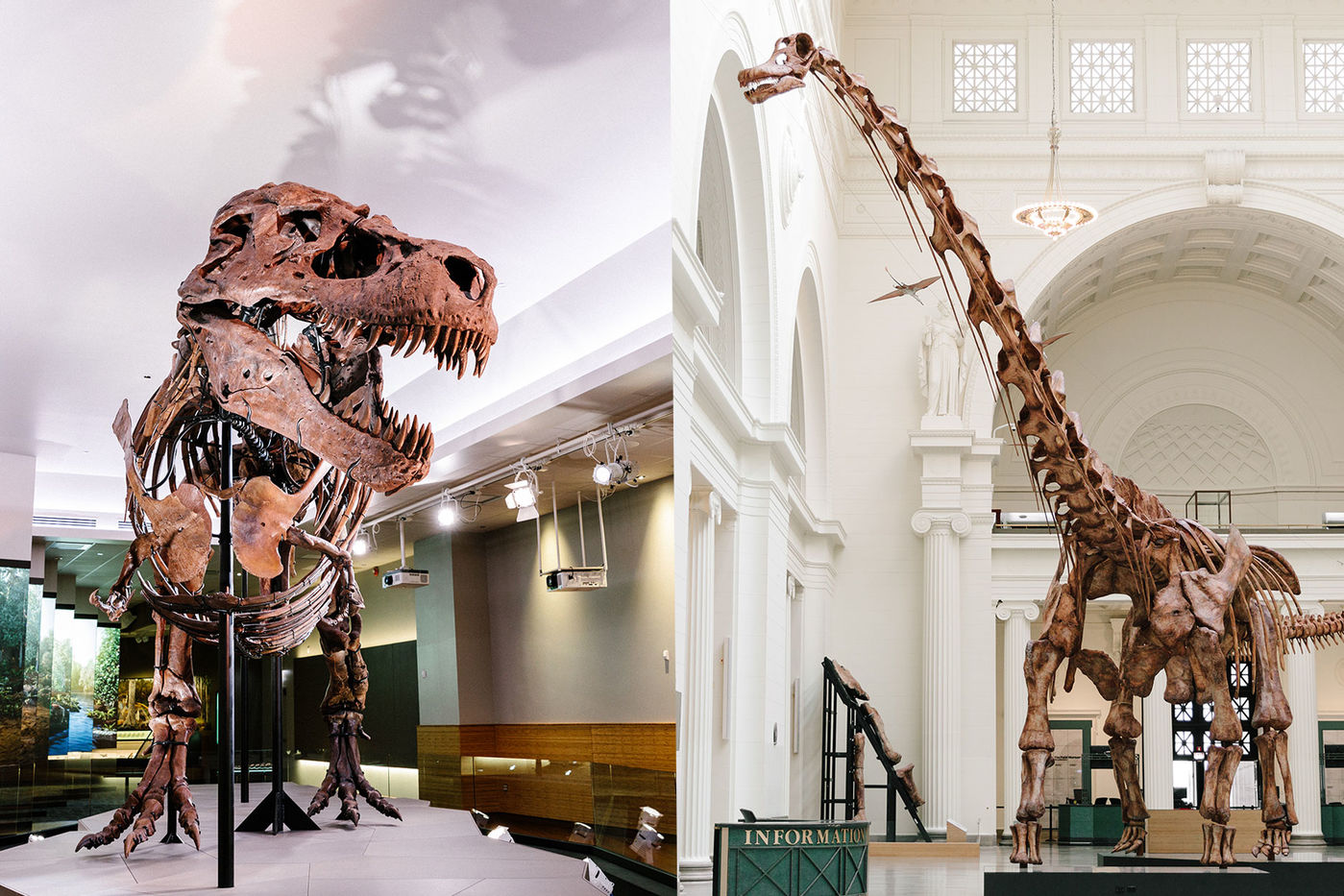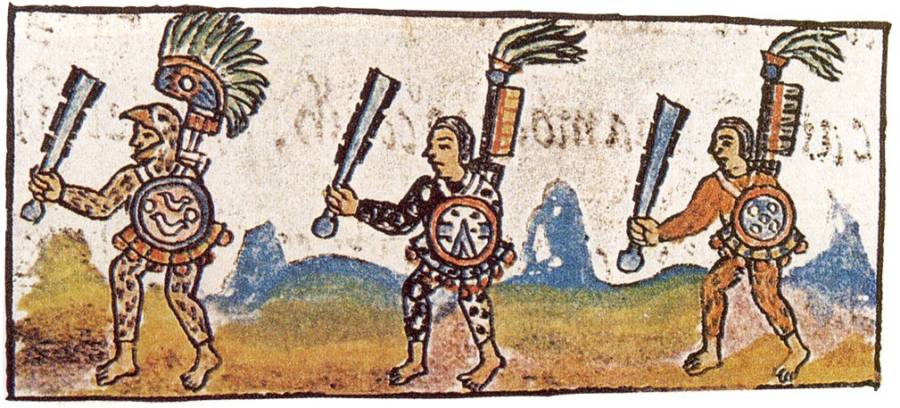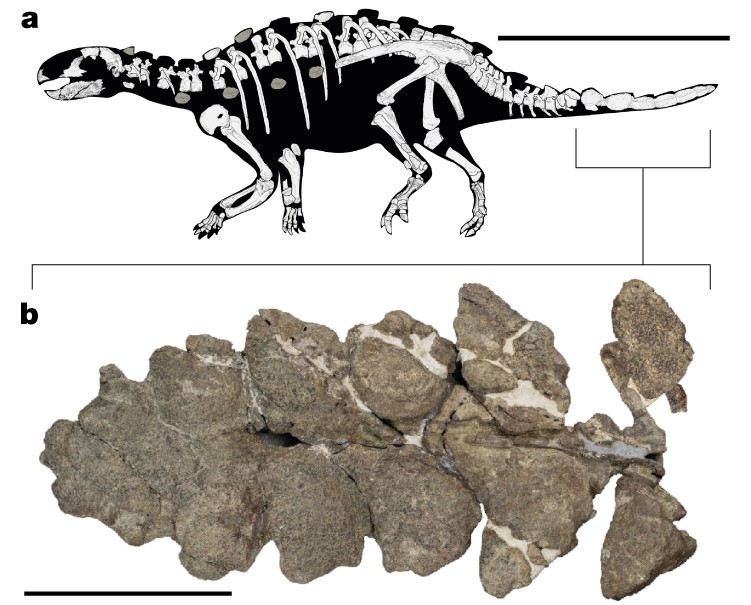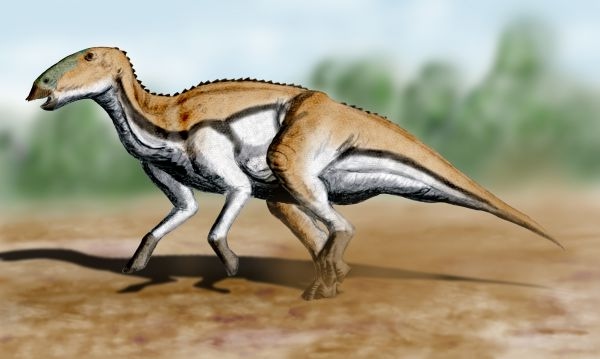Several times in these posts I have mentioned how it seems that every time scientists study the intelligence of animals they discover that the creatures we share this planet with are a lot smarter than we ever thought they were. A case in point is a new paper from Eotvos Lorand University in Budapest Hungary. The study was conceived by post-Doctoral neuroethologist Laura Cuaya when she moved to Budapest from her hometown of Mexico City with her eight year old dog Kun-Kun, a border collie.

Settling in to her new home Doctor Cuaya wondered if Kun-Kun, who had been exposed to only Spanish during his life, was aware that the people around him were now speaking a different language. Now Doctor Cuaya had used Kun-Kun in some of her experiments before, training the collie to sit still inside an MRI machine while she showed the dog various items and recording the way Kun-Kun’ brain reacted to different stimuli.

For the study Doctor Cuaya put Kun-Kun in an MRI and played a woman’s voice reciting a line from the story ‘The Little Prince’ in both Spanish and Hungarian and following that with a few words that were totally nonsense. Both the words and the speaker were unfamiliar to Kun-Kun. While the voice spoke to the dog the MRI recorded how the animal’s brain reacted.
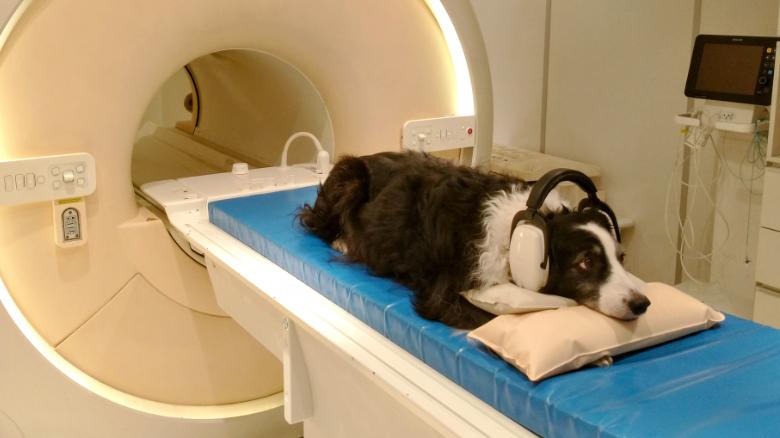
She then performed the same experiment with seventeen other dogs aged three to eleven years old. The breeds of the dogs were five golden retrievers; six border collies, two Australian shepherds, one labradoodle, one cocker spaniel and three dogs of mixed breeds. One of the dogs, like Kun-Kun had only ever heard Spanish while the other sixteen were native Hungarian dogs. All of the dogs had been trained previously to sit quietly in the MRI and none were confined in any way during the tests.
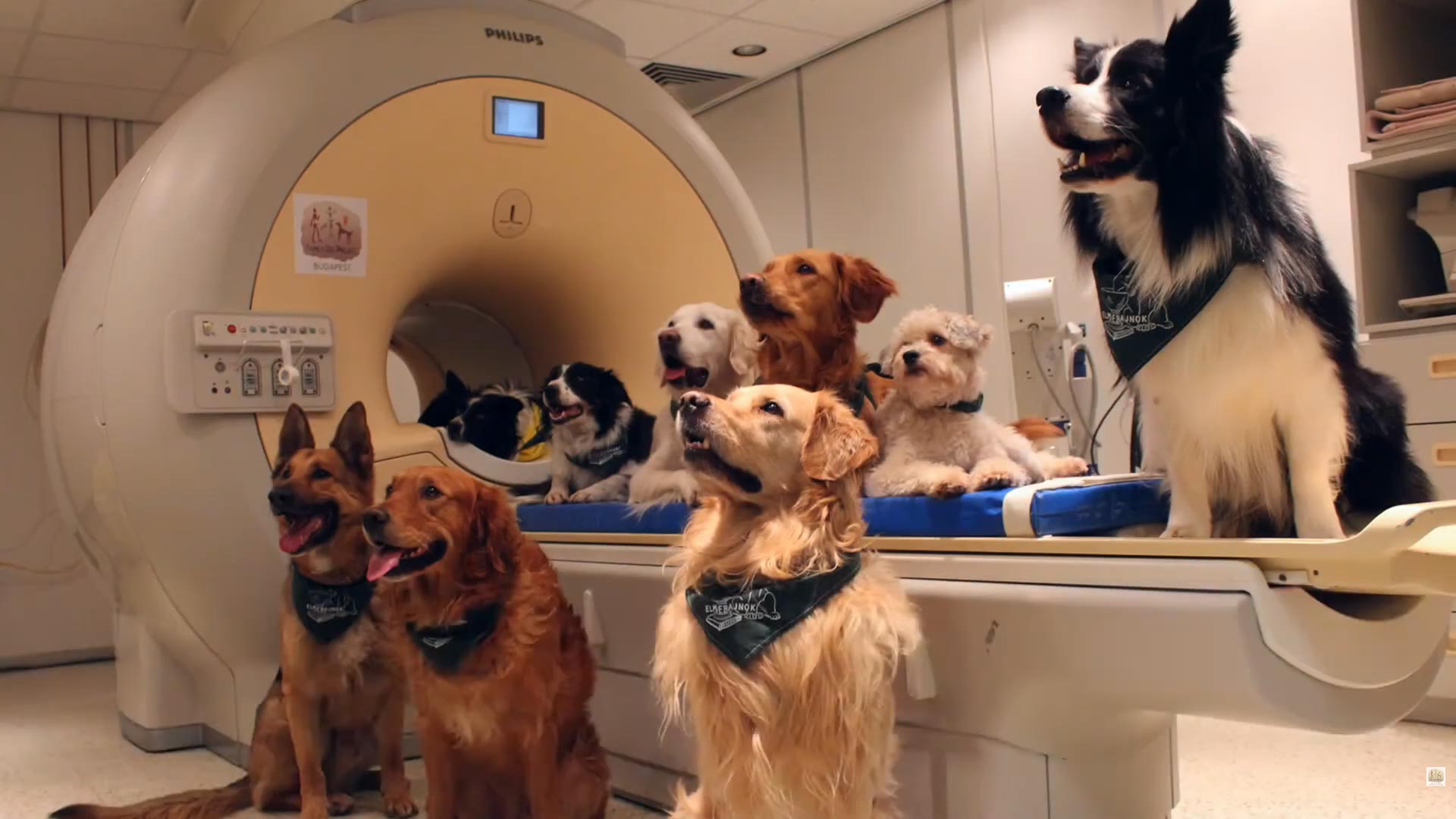
The results were striking, not only were the dogs able to distinguish ‘their ‘ own familiar language from the foreign one, as evidenced by different areas of the brain reacting, but they could also differentiate the foreign language from the nonsense words. According to co-author Doctor Attila Andics, the head of the department of ethology at Eotvos Lorand. “The interesting thing here is that there was a difference in the brain response to the familiar and unfamiliar language.”

The study also discovered some differences in the dogs who were better able to make the distinction in the languages. The first thing that the researchers noticed was the older the dog was the more pronounced was the difference in their brain function between their ‘native’ language and the foreign language. It seems therefore that, as opposed to the old adage ‘you can’t teach an old dog new tricks’ dogs do in fact continue to learn the language of the people around them throughout their lives.

The scientists also noticed one other, even more unexpected thing, the dogs with the longer snouts also proven to be better able to distinguish the different languages. Doctor Cuaya speculates that the dogs with the longer snouts were mainly sheep dogs for whom being better attuned to human language, human commands is a part of their breeding.

Dog owners have always known just how smart their four legged friends can be. And like anyone the more opportunity you give a dog to be smart the smarter they will become. As doctor Cuaya puts it, “Out results show that dogs learn from their social environments, even when we don’t teach them directly. So just continue involving your dogs in your family, and give them opportunities to continue learning.” I think that pretty much says it all don’t you?


